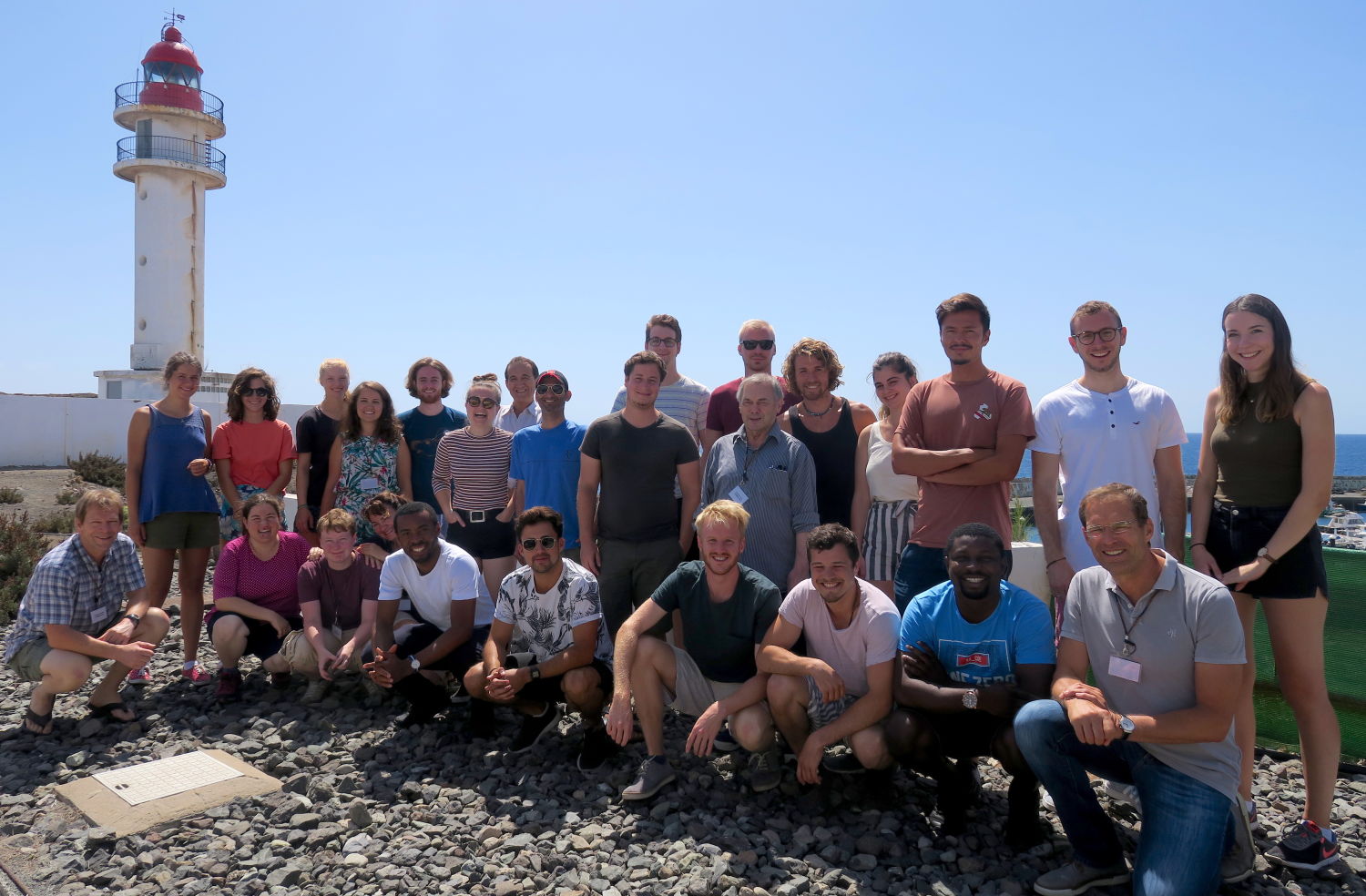Ready for round 3

Ocean artUp round number 3. We are ready to start the third large field campaign of our project on ocean artificial upwelling. This time the research focus is on silicon. Not because of it’s importance for the IT industry, but because it is the limiting nutrient for diatoms, the most productive group of phytoplankton in the ocean. Diatoms account for 45% of marine primary production and form the base of the most efficient marine food webs. And diatoms are the only organisms on our planet that thrive in a shell made of transparent silica (SiO2). But this sets some stringent boundaries for diatoms in the ocean, because the building material for those glass houses, silicic acid, is often in short supply. And without silicic acid, diatoms can't grow.
Upwelled waters in coastal seas are usually rich in silicic acid and other essential inorganic nutrients, like nitrate and phosphate. So here diatoms flourish and give rise to rather short and efficient food webs, supporting high fishery yields. Oceanic waters, however, differ widely in silicic acid concentrations, both between ocean basins and with depth. In much of the Atlantic Ocean, for example, the silicic acid concentration is lower than that of nitrate, the other essential nutrient that diatoms need. And the shallower the water depth, the stronger the difference. Life is perfect for diatoms when silicic acid and nitrate occur in about equal concentrations. Under these conditions diatoms can utilize all the available inorganic nutrients, leaving little to grow on for other phytoplankton groups. When silicic acid concentrations are much lower than those of nitrate, other phytoplankton groups will take over as soon as diatoms have consumed all the silicic acid.
But what phytoplankton groups will thrive when diatom growth comes to an end? And will their biomass be transferred to higher trophic levels as efficiently as in a diatom-based food web? Does it matter - in terms of fish production - how much silicic acid the upwelled water contains relative to the other essential nutrients? These are critical questions when considering to apply artificial upwelling in the open ocean. With this year's field campaign we hope to get some of the answers. If you’re interested to find out yourself, just stay tuned.

